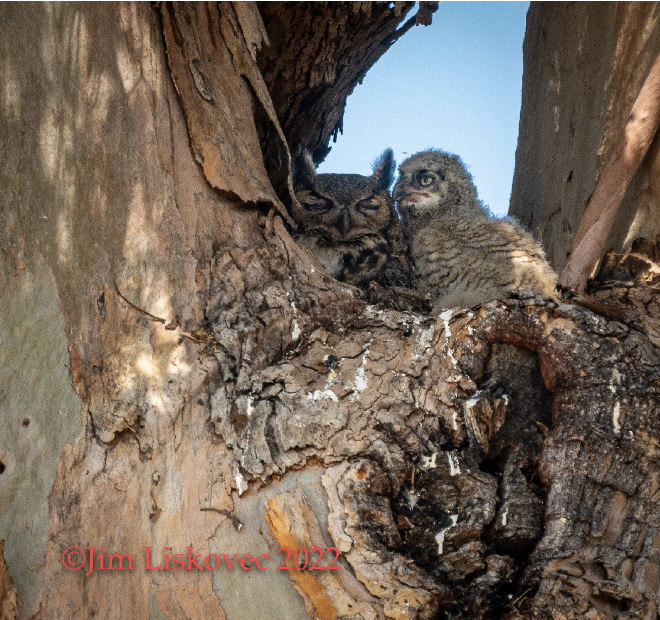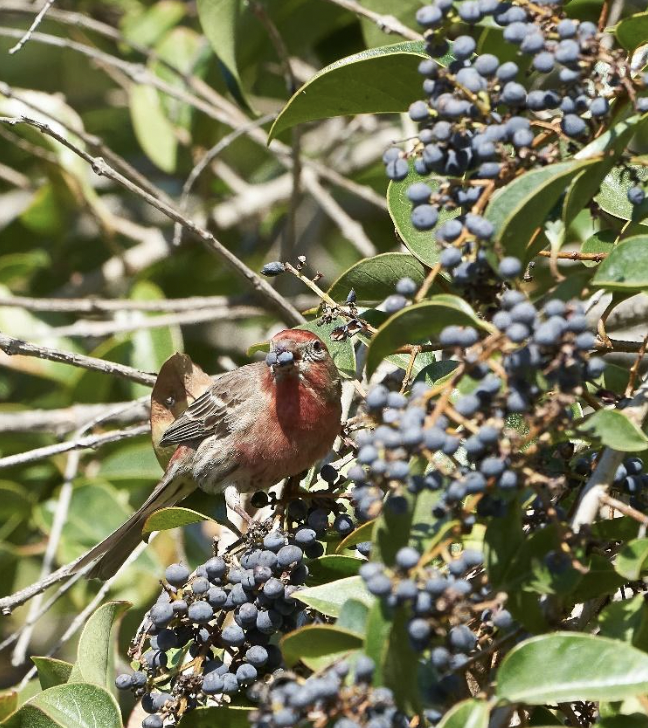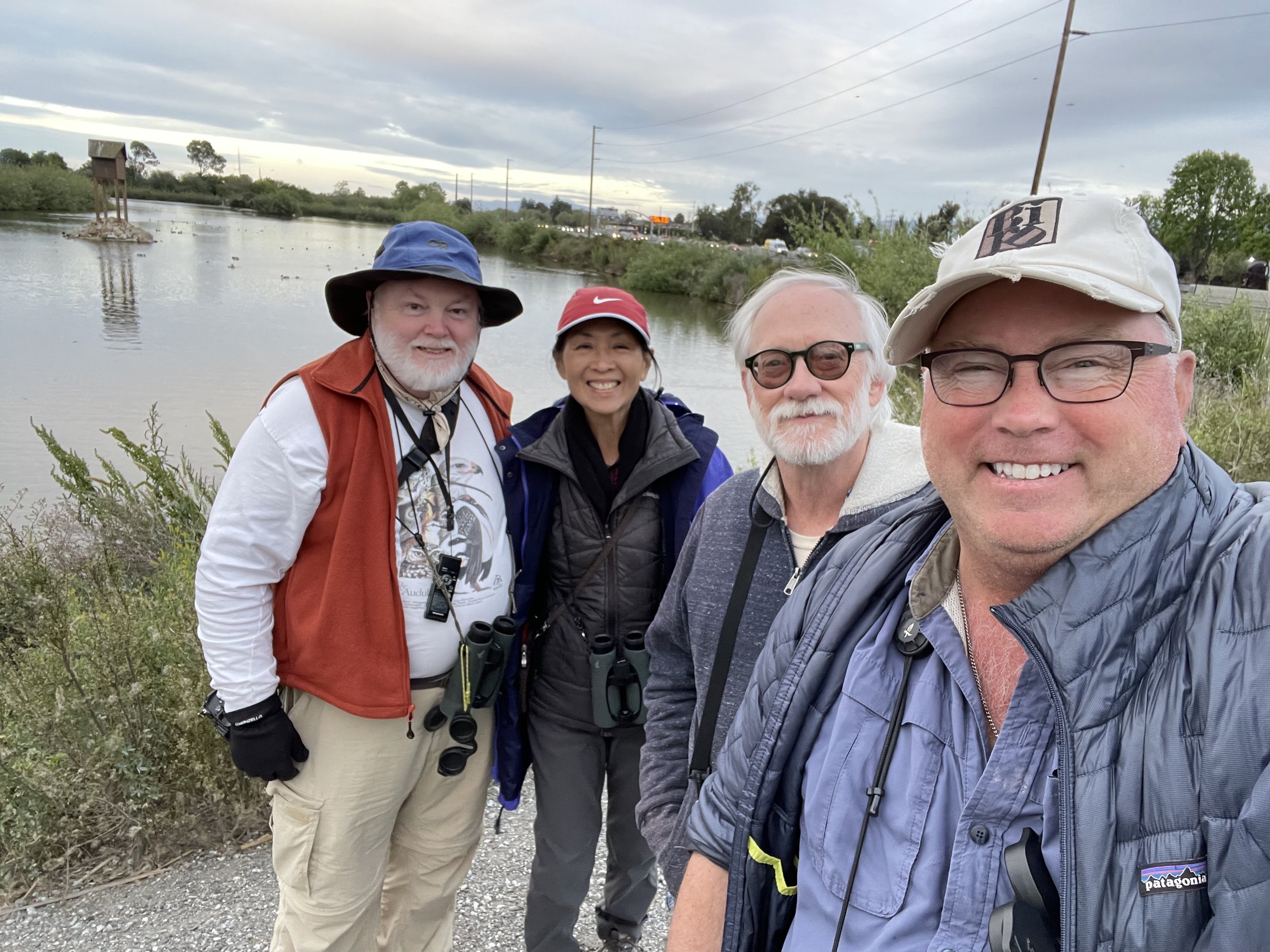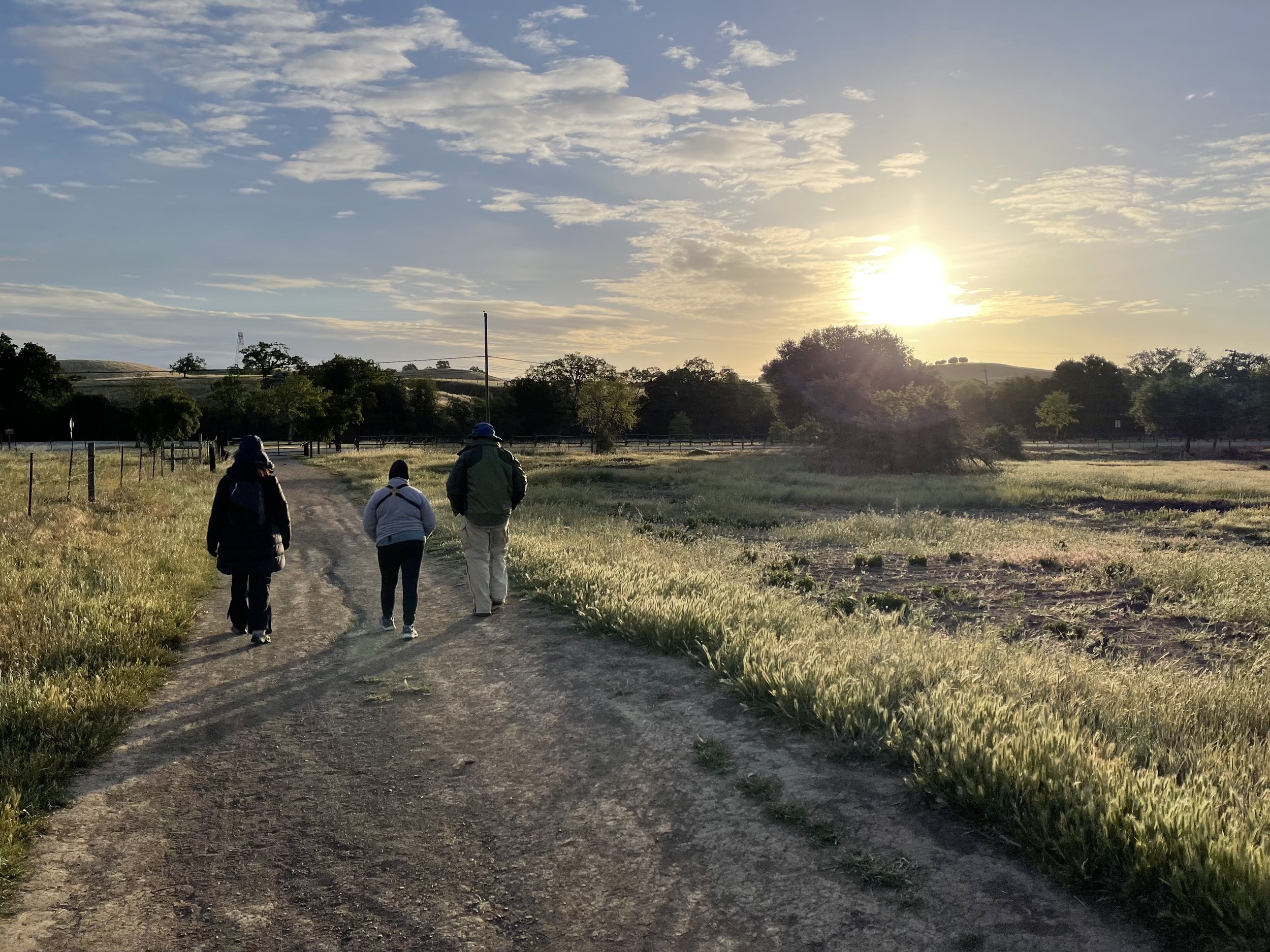Carter:
Yesterday, 4-9-22, I had the best day of birding I've ever experienced as I participated in the Fledglings Birdathon. All day, as soon as I thought things were slowing down, another amazing bird would show up!
The day began just after 7 am as my dad and I arrived at the Smith Creek Fire Station. Not long after getting out of the car, an adult BALD EAGLE flew over, not a bad start to the day! There was significant wind on the exposed Bonhoff and Manzanita Trails which kept the warblers down, but fortunately, key species like ASH-THROATED FLYCATCHER, PINE SISKIN, and BLUE-GRAY GNATCATCHER were still out and about.
Heading down to the creek, we ran into Mike Rogers, which was probably the most fortunate event of the day (more on that later). The valley where the creek runs was sheltered, making it much easier to find birds. The trees near the creek crossing were alive with birds, as WARBLING VIREOS and WILSON'S WARBLERS sang from unseen perches, BLACK-HEADED GROSBEAKS noisily flew between the trees, and the song of TOWNSEND'S WARBLERS descended from the neck-breaking heights at the very top of the canopy. Before the creek crossing, we added a silent DOWNY WOODPECKER and PACFIC-SLOPE FLYCATCHER to the list for the day. The next stretch of the trail was quiet, but at the end of the path, song resumed with pairs of both HUTTON'S AND CASSIN'S VIREO, plus a HOUSE WREN calling from some brush.
While heading back, Mike Rogers gave a bunch of super helpful tips on how to find birds, such as how the best way to find Hammond's Flycatcher was by listening to its 'peek' call note. Not five minutes later, he stopped abruptly, and I was amazed to hear a HAMMOND'S FLYCATCHER calling from somewhere along the creek. Thanks, Mike!
Going back up the Foothill Trail, we got a few more songbirds plus a beautiful GOLDEN EAGLE that flew over, bringing our species for the Smith Creek part of the day up to 52!
Before leaving, Mike told us that Rufous-crowned Sparrow could be found simply by rolling down the windows and listening on the drive down to Joseph D Grant. On the way down, sure enough, I heard the "dear dear dear" of the RUFOUS-CROWNED SPARROW coming from the chaparral next to the road! Another great bird thanks to Mike!
Our next stop was at Grant Lake, where we wanted to quickly nab some waterbirds. Mike was also birding the lake next, and while scanning the lake next to us he suddenly exclaimed "Purple Martin!" I got the scope on
the area he described, and watched in awe as the gorgeous, iridescent male PURPLE MARTIN circled above the lake, even dropping down and drinking from the surface a few times!
Moving on to the Ranch House, we said goodbye to Mike, extremely grateful for the exceptional birds we spotted thanks to him. We soon ran into the other Mike, (Mike Mammoser) who pointed us in the direction of a few more target birds. Thanks to his good directions, we quickly got LAWRENCE'S GOLDFINCH and AMERICAN GOLDFINCH at the fountain, then a heard-only LAZULI BUNTING on the connector to the Hotel Trail while two GOLDEN EAGLES soared in the distance. As we headed back to the car, we figured that since we were 30 minutes behind schedule we'd have to skip hiking out to see the
Vermilion Flycatcher. As we stepped into the parking lot, we saw a bright red flash low in a Sycamore. I looked, and it was the VERMILION FLYCATCHER!! I couldn't believe our luck, and the stunning bird was perched on an exposed twig, letting me get a photo to remember the moment.
Heading down towards the bay, our next stop was at the Penitencia Creek recharge ponds. When we arrived, we found the ponds to be bone-dry. Oops.
Laughing about the unfortunate consequences of not scouting the route beforehand, we arrived at Shoreline early, allowing us time for a much-needed lunch break. Once lunch was finished, our other team members Massimo Bafetti, Carlos Mendoza, and Cedrik Von Briel arrived from their respective routes. We set off towards Charleston Slough, hoping to add a bunch of shorebirds to the day's list. When we got to the
observation deck, the sight before us was quite unexpected. The water was very low, and the mud looked almost dry. The only shorebirds aside from a smattering of Avocets were 5 WILLETS, 1 MARBLED GODWIT, and 1 LONG-BILLED CURLEW. Not a single sandpiper or plover in sight! We then walked over to Shoreline Lake, where the flock of BLACK SKIMMERS flew up from the island and then resettled for scope views, a lifer for Carlos! Scoping A1 added some more REDHEAD plus a SURF SCOTER to the list for the day.
After shoreline, we all headed over to bird the Emily Renzel ponds together. We got great looks at a LESSER SCAUP and a CINNAMON TEAL in the south pond, and not long after our target bird, COMMON GALLINULE swam out from the reeds right next to the trail, a lifer for both Carlos and Massimo! Heading back to the cars, we said our goodbyes, as Carlos had a long drive home ahead of him, Cedrik was off to the Baylands & Byxbee park, and Massimo and I headed to Ulistac.
Arriving at Ulistac, Massimo and I walked through the native plant garden and the eastern trail in the park on our way to the marsh, not finding much. As we headed to the Solitary Sandpiper spot, Brooke pointed us in
the right direction, and John Scharpen was on the bird when we arrived. We all got great looks at the SOLITARY SANDPIPER foraging and occasionally disappearing behind a clump of reeds, as well as a WILSON'S SNIPE. We were unsure if the bird would stick around, so we were excited to find it so
easily!
Massimo then had to return home, while my dad and I met my mom at the SUNNYVALE WPCP, and dad headed off to work. There we picked up a few waterbirds missed at the Baylands such as BLACK-CROWNED NIGHT-HERON and CASPIAN TERN, while WHITE-THROATED SWIFT flew overhead and an AMERICAN PIPIT foraged on the path. Behind the radar tower, we got amazing looks at a male CINNAMON TEAL, but no Blue-winged. Heading towards pond A4 we picked up a GREAT-TAILED GRACKLE while Green Heron eluded us for the day.
My mom and I drove to Don Edwards, but unfortunately, the gate was closed and the crowd at the outside parking area was not giving us the warm fuzzies about leaving our car unattended (they did seem to enjoy the vapors from their large glass tube). After over 12 hours of birding, we decided to call the birdathon a wrap. I checked my phone, and I was ecstatic when I saw the number that popped up at the top of our shared trip report. 152
species!!!
All in all, it was an amazing day in so many ways. The team blew our 100 species goal out of the water, we all had great rarities (stay tuned for Cedrik, Carlos, and Massimo's reports), and it was great to get to bird
with other young birders. Above all, it felt really good to be doing this for a good cause, so thank you to SCVAS for protecting nature so that those 152 species can still find a place to live in our ever-more developed area.
The birdathon is certainly a team effort, so there are a lot of people I'd like to thank for making our day such a success! Thank you to Bill Bousman, Brooke Miller, Bill Pelletier, Mike Ambrose, Sarah Chan, Matthew Dodder, and Garrett Lau for providing information and helpful tips on where to find target birds. Thank you to John Scharpen for getting us on the Solitary Sandpiper, and thanks to Mike Mammoser for pointing us in the right direction to find Lazuli Bunting and Lawrence's Goldfinch at Joseph D Grant. A huge thanks to Mike Rogers for finding the Hammond's Flycatcher and Purple Martin for us, plus the treasure trove of other information he gave us. And most of all, thank you to Massimo, Carlos, and Cedrik for being the best teammates ever, and to Massimo for creating this team!
Here is our eBird trip report that has all of our checklists and photos: https://ebird.org/tripreport/46797









































